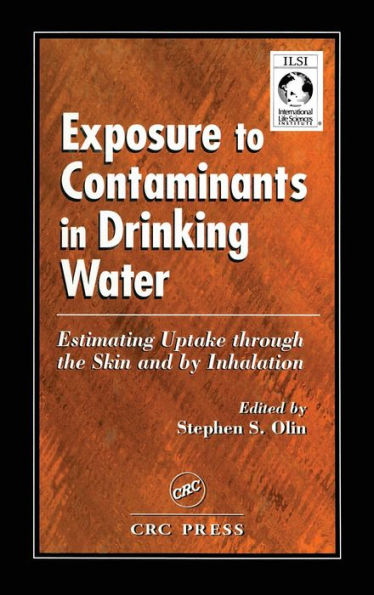5
1
9780849328046



Exposure to Contaminants in Drinking Water: Estimating Uptake through the Skin and by Inhalation / Edition 1 available in Hardcover, eBook

Exposure to Contaminants in Drinking Water: Estimating Uptake through the Skin and by Inhalation / Edition 1
- ISBN-10:
- 0849328047
- ISBN-13:
- 9780849328046
- Pub. Date:
- 11/19/1998
- Publisher:
- Taylor & Francis
- ISBN-10:
- 0849328047
- ISBN-13:
- 9780849328046
- Pub. Date:
- 11/19/1998
- Publisher:
- Taylor & Francis

Exposure to Contaminants in Drinking Water: Estimating Uptake through the Skin and by Inhalation / Edition 1
$200.0
Current price is , Original price is $200.0. You
200.0
In Stock

Product Details
| ISBN-13: | 9780849328046 |
|---|---|
| Publisher: | Taylor & Francis |
| Publication date: | 11/19/1998 |
| Edition description: | New Edition |
| Pages: | 246 |
| Product dimensions: | 6.12(w) x 9.19(h) x (d) |
About the Author
From the B&N Reads Blog
